Bourbon. Often referred to as ‘America’s native spirit’, it’s about as American as a spirit can get.
It’s so American in fact, that strict rules and regulations exist behind its production that have been written into American law. For a whiskey to be a labelled ‘bourbon’, there are a few guidelines that must be adhered to, which we will discuss later in this piece.
Today, bourbon is America’s single most exported spirit, generating almost 4 billion dollars annually from both domestic and international sales, and sits just behind single malt whisky (primarily Scotch single malt) as the world’s most sought after and revered type of international whisk(e)y.
But first, for the sake of a little background – we’ll begin with some of the history behind bourbon, which despite its long history, we’ll try to keep relatively short and sweet – just like the Old Fashioned cocktail for which it serves as a primary ingredient.
Bourbon History, Distilled
Though bourbon’s tale within American history is quite expansive, its details are often fraught with inaccuracies and riddled with controversy. We’ll do our best to sift through, simplify and distill it down to the real nitty gritty.
Early Settlers
American whiskey distillation can largely be traced back to the settlers of the 1700s and 1800s who brought with them a working knowledge of distilling spirits over from Europe. Initially, these early colonialists used mostly rye as a primary raw ingredient to continue their distilling traditions, as they settled into a new frontier which exhibited a different terroir than that of back home.
Successfully cultivated by native people within the area of Mexico and the United States for millennia, corn would ultimately serve as the main grain used to make bourbon, as it grew faster than rye or wheat. Bourbon would ultimately be mandated as being required to have at least 51% its grain profile derived from corn.
Much of bourbon’s history begins within the states of Pennsylvania, Virginia, Tennessee and Kentucky. Of the four, Kentucky and Tennessee would ultimately make biggest marks within American whiskey.
Truth be told, when settlers were arriving, the area that is now Kentucky was actually part of Virginia, and wouldn’t be officially declared ‘Kentucky’ until 1792.
Known for its abundant trees, water sources and warm temperate climate, Kentucky was an ideal place to distill whiskey, and became heavily populated with Irish and German immigrants who were already well versed in the distillation of alcohol.
For so many farmers, distillation was simply a way of life.
Whiskey Rebellion
In 1791 a ‘Whiskey Rebellion’ occurred once a liquor tax was imposed to help curb the debt incurred from the Revolutionary War.

Imposed by George Washington himself, the liquor tax prompted great resistance from settlers leading to violence and abuse of tax collectors.
This prompted a wide scale revolt leading to many Pennsylvanians leaving to settle in Kentucky after troops marched into Western Pennsylvania to dampen the rebellion and reinforce the tax law.
Among the recognizable names to establish themselves in Kentucky around this time were Robert Samuels, Elijah Wood, Evan Williams and Jacob Beam; all names that resonate with bourbon drinkers today.
In the year 1785, a district of Kentucky was officially named Bourbon County. Similar to nearby Louisville, and Lafayette, it was named after the French royals who had supported the Colonial rebellion against the English.
Years, later, whiskey made in this area began to be labelled ‘Bourbon’ on their barrels and was routinely floated down the Ohio River to New Orleans for trade.
Successfully cultivated by native people within the area of Mexico and the United States for millennia, corn would ultimately serve as the main grain used to make bourbon, as it grew faster than rye or wheat.“
Bourbon, Tennessee Whiskey and Charred oak
In 1821, the first mention of “bourbon” occurred in Kentucky in the Western Citizen newspaper.
Also around this time, neighboring state of Tennessee began to differentiate itself from Kentucky bourbon by initiating the Lincoln County Process, whereby the spirit was to be filtered through sugar maple charcoal.
This process is still mandated today in Tennessee, and results in being called ‘Tennessee whiskey’ and not ‘bourbon’, even though the processes involved are very similar.
By the early 1800s, the charring of oak barrels became commonplace with bourbon aging. The production of bourbon – though still widely made by farmers at this time – started to shift more toward industrialization and big business.
Exactly who first began to char oak barrels remains up for debate.
Some state that it was a grocer in Lexington, Kentucky that first noted that it improves the flavor of his whiskey. However it is more commonly believed that Elijah Craig, a Baptist Minister first began doing so as early as 1789, which supposedly occurred either as a result of:
a) a fire that changed the way his whiskey tasted out of the surviving charred oak barrels or,
b) as a result of how impressed he was after storing some of his whiskey in sugar barrels (which were charred).

Elijah Craig
Regardless of who is purported to be the first to do so, the charring of new oak barrels has remained an integral part of bourbon production ever since – right up to present day.

The charring of new oak
Together, the establishing of the railroads, the creation of steam powered engines and the invention of the Coffey Still in 1830 by Aeneas Coffey are all major events that put serious momentum behind bourbon production and transportation after the Civil War.
In 1870, Old Forester became the first bourbon to be sold by the bottle. Prior to this, customers relied on their own flask, bottle or jug to be filled directly from the barrel.
From this point on, whiskey was increasingly sold in intricate glass blown bottles.

Vintage whiskey bottles
Prohibition: Whiskey Runs Dry
The early 1900’s saw Prohibition get enacted, which prohibited “the manufacture, sale, or transportation of intoxicating liquors”. This forced many such whiskey producing states to ‘go dry’, including Kentucky in 1920.
Though a small handful of distillers managed to be granted a special status that declared their spirits ‘medicinal’ – thereby allowing them to continue distillation – many distillers like Peerless Distillery in Henderson, Kentucky or Old Dominick Distillery in Memphis, Tennessee were forced to close down.
Bootlegging became common practice throughout prohibition, up until its ultimate repeal in 1933.
Afterwards, the after effects of illegal whiskey production, coupled with the Great Depression and World War II made recovery difficult for the bourbon business.
Blending became popular during this time, as distillers were forced to create blends out of their remaining whiskey supplies.
By 1964, the American Government acknowledged bourbon’s position within American history and officially recognized it as a ‘distinctive American product’, thereby giving it special protection in trade within international markets.
The decades of the 1960’s, 70s and 80s, saw bourbon fall out of fashion behind the likes of wine, scotch, and that clear neutral spirit vodka – which helped launch a new cocktail boom.
Around this time, spirits like rye and bourbon were often viewed as something your grandfather drank (who possibly had a drinking problem).
By 1964, the American Government acknowledges bourbon’s place within American history and officially recognizes it as a ‘distinctive American product’, thereby giving it special protection in trade within international markets.“
A Craft Rebirth
Late into the 1990s, Bourbon began to experience a rebirth through the arrival of burgeoning wave of new craft distilleries, some of which were actually revivals of old whiskey distilleries that fell to the hands of Prohibition decades earlier.
Whiskey was becoming cool again, thanks in part to the emergence of a new hipster culture, which was developing a knack for making old things new again and highly sought after.
Things like vinyl, typewriters, old leather suitcases, straight-blade razors and even growing a moustache became in vogue all over again, which sparked a renewed interest in the so-called ‘brown spirits‘ – like bourbon and rye.
Many of the age-old names like Elijah Craig, Evan Williams, and Old Forester have re-emerged stronger than ever before, as well as new players to the game like New Riff, Blood Oath and Barrell Bourbon – all of whom, who, despite their still wet-behind-the-ears tenure at distilling, are all dead-set on proving their ability to refine and innovate when it comes to the field of bourbon production.
Today, as bourbon enjoys a renaissance, it has also has experienced a newfound popularity among younger spirit enthusiasts who are keen to appreciate the age-old tradition of American bourbon.
Though the whiskey of the early American settlers and the bourbon we’ve come know today would likely taste drastically different, they both have one thing in common – they are both true American spirits forged from the natural offerings of the land from whence they came.
EXPAND YOUR BOURBON PALATE
6 Different Styles For a Better Understanding of Bourbon:

1. Elijah Craig Small Batch 1789
Bourbon Style: Traditional
Louisville, Kentucky / 47% ABV (94 Proof)
Released in small batches and named after the man who either discovered charred oak, or perfected it, Elijah Craig Small Batch is golden amber in colour. It opens with sweet oak, vanilla and caramel aromas; the palate is medium with flavours of peach and toffee followed by a long, spicy finish.

2. W.L. Weller Antique 107
Bourbon Style: Wheated
Louisville, Kentucky / 53.7% ABV (107 Proof)
The original bourbon to replace rye for wheat to forge an extremely smooth taste. Lovely amber colour exhibits notes of citrus, apple-cinnamon rolls, spice box and white flower. Bold and fruity, with a hint of spice and a long finish. Given its high proof, it’s great with a large ice cube or with a few drops of cold water.

3. Basil Hayden’s
Bourbon Style: High Rye
Clermont, Kentucky / 40% ABV (80 Proof)
A bourbon with a very high rye content in the mash bill. Amber in colour; on the nose are notes of dried apricot, caramel, custard, green peppercorn and hay; on the palate it is medium-bodied and warming, with flavours of white pepper, burnt sugar, dried white flowers and vanilla that finishes with a lingering herbal spice.

4. Knob Creek Single Barrel
Bourbon Style: Single Barrel
Clermont, Kentucky / 60% ABV (120 Proof)
Unlike most bourbons, single barrel ones like Knob Creek have spent their life in only one barrel. Also known as Single cask. Bright medium copper in color with aromas of toffee, honey, dried apricots and candied ginger; warming alcohol, medium body, with a finish of caramel and spice.

5. Balcones Blue Corn Bourbon
Bourbon Style: Non-Kentucky
Waco, Texas / 64.5 % ABV (129 Proof)
Not from Kentucky, but from Texas. Balcones uses corn from a 100% mash of blue corn, this whisky is forged in a variety of new charred oak barrels for a bold and complex character that invokes the spirit of Texas. This is a big full bodied whisky, with a rich mid-palate, coating mouthfeel and long finish.

6. Wild Turkey Rare Breed
Bourbon Style: Barrel Proof
Lawrenceburg, Kentucky / 58.4% ABV (116.8 Proof)
Barrel proof and uncut with water. Aromas and flavours of toffee, vanilla, baking spices and sweet corn. Added notes of caramel, butterscotch and orange peel are capped off by a full-bodied and mouth-coating palate with a warm and harmoniously balanced finish.
The Finer Points of Bourbon
Similar to scotch, there are strict rules and regulations associated with bourbon. There are also some interesting facts behind the classic American whiskey.
Some of the finer points of America’s Native Spirit:
- A bourbon must be made from at least 51% corn. As this is a minimum requirement, most distillers opt for utilizing a greater percentage of corn for more sweetness. Rye, barley and wheat are common grains that are also used in the grain profile.
- Similar to the stipulations of whisky having to be made in Scotland to be called ‘scotch’, a whiskey must be made in America to be called bourbon.
- A bourbon can be made in any state, not just Kentucky. There are wonderful bourbons that come all corners of the country like Indiana, Texas, Pennsylvania, Virginia, Florida, even New York.
- A bourbon must be aged in new charred barrels made of American oak. As no color additives can be added, the barrels are instrumental in shaping the color and the taste of the bourbon.
- Unlike other whiskeys, bourbon can have no additives or coloring. Whereas Scotch permits the addition of caramel, bourbon does not, making it a very natural drink.
- A bourbon must be no higher than 160 proof (80% abv) at distillation.
- A bourbon must be no less than 80 proof (40% abv) at bottling.
- Given the warm temperature in Kentucky, bourbons aged in Kentucky age at an accelerated rate in comparison to scotch within the colder, damp Scottish climate.
- Bourbon has no minimum age requirement to be labelled as bourbon. To be labelled as ‘straight bourbon’, a whiskey must be aged for a minimum of 2 years. Any bourbon aged less than 4 years must include an age statement on the label.
-Kurt Bradley

Kurt Bradley is the founder of The Gentleman’s Flavor, to which he is also a contributing editor, host and curator.
Kurt is a certified Whisky Ambassador accredited by The Scotch Whisky Association and has achieved Level 2 Award in Wine & Spirits Education Trust with distinction.
He lives in Toronto, Ontario.
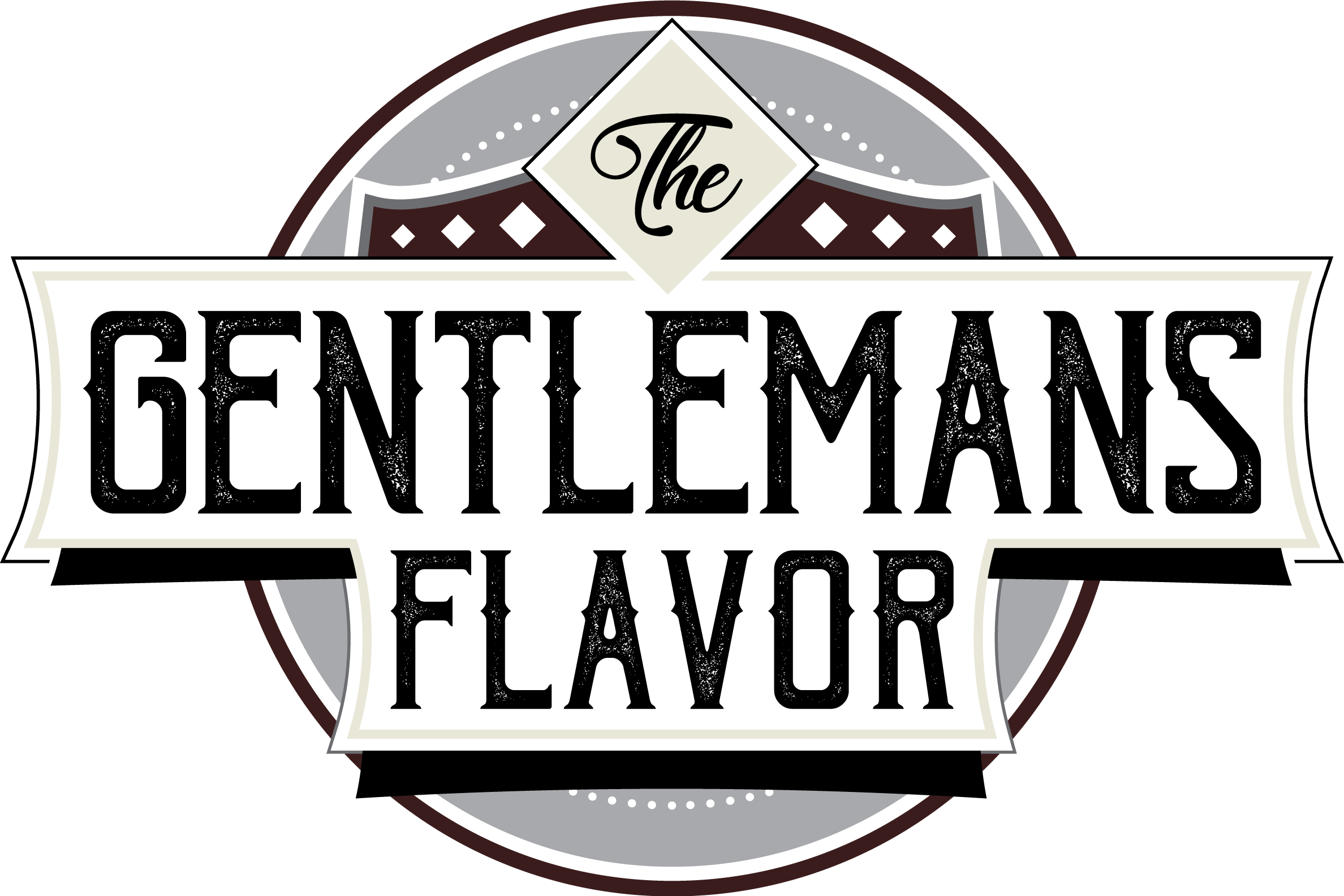







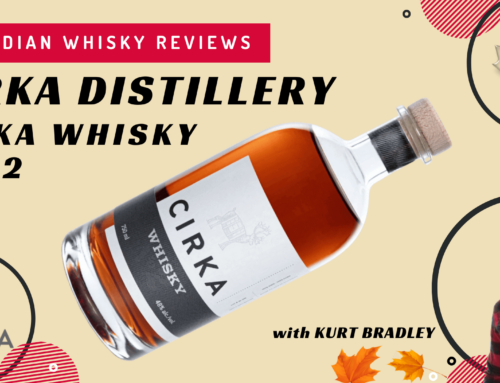
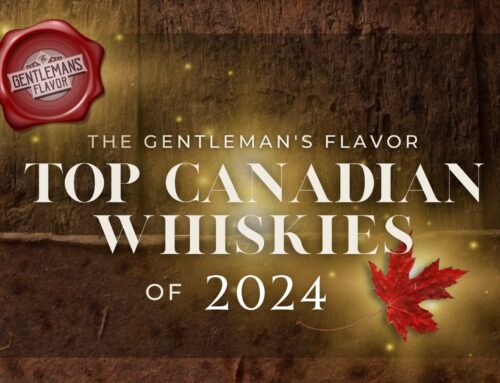
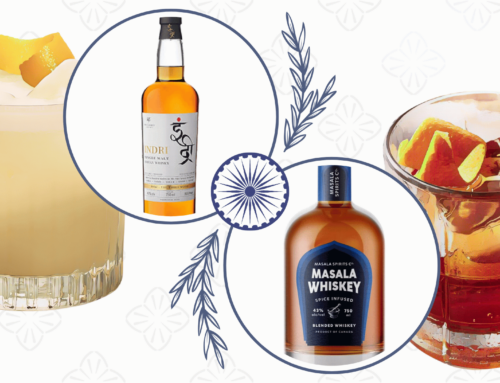

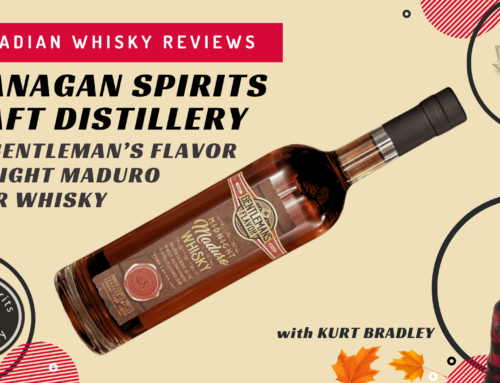
[…] A barrel-proof whiskey uncut with water resulting in a very bold, yet very balanced and approachable Kentucky bourbon. […]